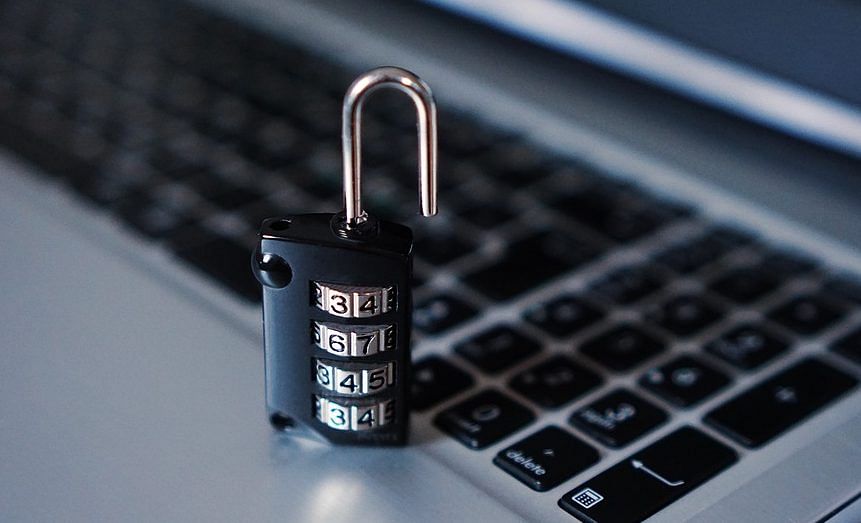New Delhi: The Personal Data Protection Bill, 2019, mandates parental consent for online processing of data for any child below the age of 18.
By keeping the threshold for consent at 18 and not accounting for differences in maturity levels of minors, the bill can inhibit children’s access to the internet as a medium of self-expression, growth and education.
To address this, the Young Leaders for Active Citizenship (YLAC) set up a panel discussion Friday, in a joint initiative with ThePrint.
The panelists discussed the age of consent, the profiling of minors’ data for commercial purposes and the trade-offs between open access to the internet and the safety of children online.
“The age of consent, as proposed by the 2019 draft [of the bill], is not reasonable given the current reality of the internet and its pervasiveness,” said Ritesh Pandey, a panelist and a Member of Parliament.
Other panelists included Jhalak Kakkar, programme manager-technology and society at Centre for Communication Governance, Subhashish Bhadra. principal of Omidyar Network India and Bishakha Datta, executive director at Point of View.
YLAC co-founder Aparajita Bharti moderated the discussion.
Difference between data collection of children and from children
Pandey began the discussion by explaining his role in the Joint Parliamentary Committee that is examining the bill and introduced a key distinction between collecting data of children and directly collecting data from children.
According to Pandey, data collection of children begins even before they are born as parents enter data into fertility and parenting apps while data is collected from children through direct interaction with video games, media and education tools.
“This is where the question of consent comes into play, because data principals, in this case, children, are direct participants in data collection,” he said.
Pandey spoke further on differences in maturity levels by stating that he suggested setting the upper limit of age of consent at 14 years, to the committee.
“From the perspective of development psychology, a child at the age of 6 or 7 is not the same as a child at the age of 14, and hence, should not be treated as such,” Pandey said.
Global age consent laws
Kakkar offered several insights on the larger context and the international regulatory framework around age of consent laws. “While the privacy of a child is important, there are other perspectives to balance that out,” she said.
The EU’s General Data Protection Regulation (GDPR) sets the age of consent for children at 13-16 years while Children’s Online Privacy Protection Act (COPPA) in the US sets the threshold at 13.
Kakkar further elaborated on criminal law’s “varied, staggered” approach to applying the laws to children “based on their psychological and mental maturity levels”.
“It’s definitely useful to think about whether such a staggered approach can be adopted in the Indian context,” she added.
The panel also took audience questions on the age of consent mandate of the bill, the extent to which parental consent is informed, the digital generational gap, as well as the inequalities between rural families and urban families online, among various other topics.
